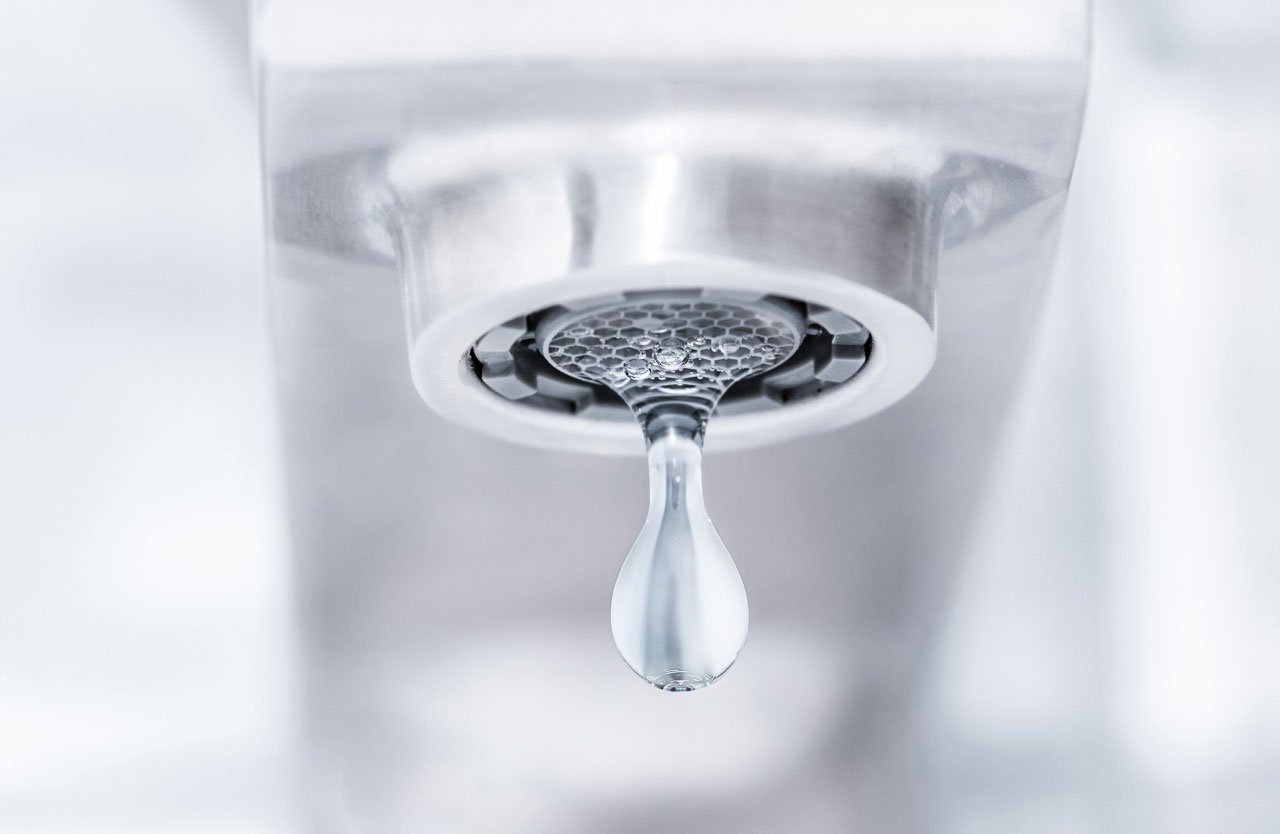Overview
Trichloroethylene, an industrial solvent and common groundwater pollutant, damages the immune system, harms the developing fetus and causes cancer. learn more about this contaminant
Trichloroethylene was once commonly used to remove grease from metal parts, such as steel pipes and engines, and as a solvent in dry cleaning and carpet cleaning products. Drinking trichloroethylene-contaminated drinking water has been linked with birth defects, leukemia, and liver and kidney damage. Trichloroethylene is highly volatile and can enter indoor air through water in pipes. If trichloroethylene is present, people can inhale it while bathing, washing dishes and doing other household activities that involve water.
Click here to read more about carcinogenic VOCs.
State, National, and Health Guidelines for Drinking Water
EWG Health Guideline: 0.4 ppb
The EWG Health Guideline of 0.4 ppb for trichloroethylene was defined by the state of Minnesota as health risk limit, the concentration of a contaminant that can be consumed with little or no risk to health. This health guideline protects against harm to the developing fetus and damage to the immune system.
EPA Maximum Contaminant
Level (MCL): 5 ppb
The legal limit for trichloroethylene, established in 1987, was based on analytical detection limits at the time that the standard was set. This limit does not fully protect against the risk of cancer and harm to the developing fetus.
ppb = parts per billion
National Standard Exists
Health Concerns:
Harm to the developing fetus
Harm to the immune system
Harm to the brain and nervous system
Hormone disruption
Harm to the reproductive system
Cancer











